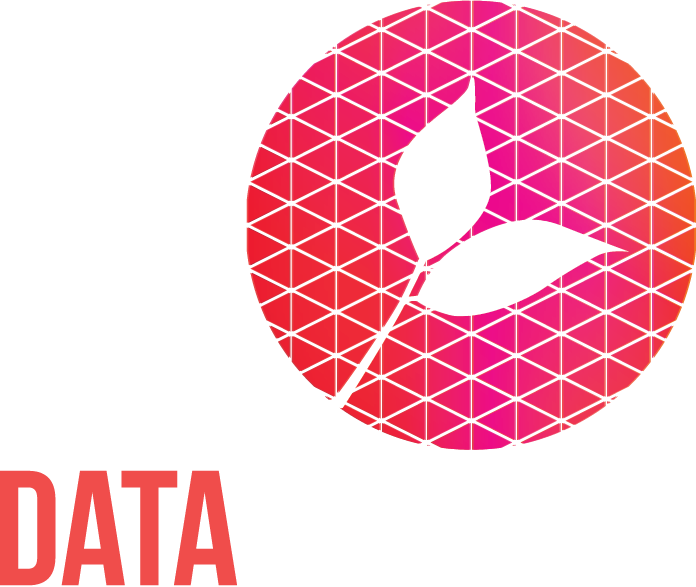Data tools in nonprofit organisations
We invited data folk from nonprofits to get together for an hour in November and discuss the tools they use across their data pipelines.
The tools nonprofit organisations use
Excel
Of course. It’s the workhorse for so many people working with data. It still has its uses amongst data folk, particularly in data cleaning. It can be easier to see what’s going on with the data in Excel than in some other tools and Excel formulas are helpful. Sometimes it’s easiest to extract, clean in Excel and return to the base system.
Usability is where Excel scores, but only if people use it correctly. Excel makes it difficult to manage data governance (hundreds of spreadsheet files lying around, but what do they contain and how current are they). Excel is powerful with many features going unused. Some feel Excel is a good tool for reporting.
PowerBI
PowerBI is Microsoft’s dashboarding tool with some clever “data shaping” functionality. Attendees thought it provides an easy transition from Excel. On the other hand, Microsoft is always changing, so you have to spend time keeping up. Some felt the focus of the product is commercial, rather than nonprofit.
The related product Power Automate was also used for data pipelining (others used Python or R or manual processing).
Tableau
Tableau got an honourable mention, though it was suggested it has a steeper learning curve for Microsoft users than PowerBI.
Data Studio
Some people were using Data Studio (now renamed Looker Studio) from Google. It’s free, which is a significant attraction.
Qlik
At least one organisation uses Qlik as a dashboarding tool. They reported several frustrations with it, but one person suggested, “You should always choose the tool you hate the most to do the task, because you know its issues”.
Salesforce
A few organisations represented use Salesforce. We heard that the company provides good training and the product has a good user interface. Attendees agreed that the built-in reporting engine is good but getting data out into another product (like PowerBI) has limitations. One organisation had problems with field names being too short to hold bilingual (Welsh/English) labels.
Other databases
Organisations use a mix of bespoke and off-the-shelf databases and case management systems, along with services like Airtable to capture and store key datasets. Spreadsheets are also widely used, with the consequent data governance problems identified in the Excel section above.
Python
Python was used by some organisations. It has a steep learning curve for many, because it is a programming (or scripting language), but it’s very powerful and flexible once you have got on top of it. Also it’s free and open source software, so no licence fees to pay. All of these factors were also true for R.
R
R was quite widely used for analysis and dashboarding. It has the same strengths and weaknesses as Python. We didn’t get into the Python vs R debate. That could be a whole workshop on its own.
Introducing data tools to nonprofit organisations
Culture is important. Tools help but they need to be part of the overall strategy and governance of the organisation.
Before introducing a new tool, make sure you are well aware of the needs of people in the organisation. Make sure this tool will meet these needs. Start by shadowing teams to see what they need, and going backwards from there. Then teach them how to interact with the tool.
It’s important not to replicate what they are already using. Everyone should want it to be an improvement but not a replica. Ask people “What's the problem?” rather than “Whats your dashboard / report”. - We suggest using Data Action Stories. Ed.
People tend to be attached to how they do things now and the analysis they are currently doing and the way they see the data.
People are in their comfort zone. To take people out of their comfort zone can be difficult. You can help them by highlighting how pain-points can be addressed by the new system.
Be clear and open about why decisions were made on certain tools. Bring people on board from as early as possible. They need to feel part of the process (not “its being done to me”)
Let them be testers of the new set-up.
Training is important. Is it consistent across the organisation or are there siloes of ability. Training should cover not just how to operate the tool but ways to think about data. For example encouraging people to use data visualisation and analysis tools for seeing the quality of the data not just for performance monitoring.
Training can include a range of approaches, including Show ‘n’ Tell sessions, or recording calls so people can re-watch. Some people like documents and some like videos.
About this workshop
This workshop was part of a series we run for data folk in nonprofits. They last an hour and focus on pooling the knowledge of the attendees. They are also a nice way to meet people with similar roles from different organisations.
Previous workshops include
Sign up for the next workshop on our events page.

